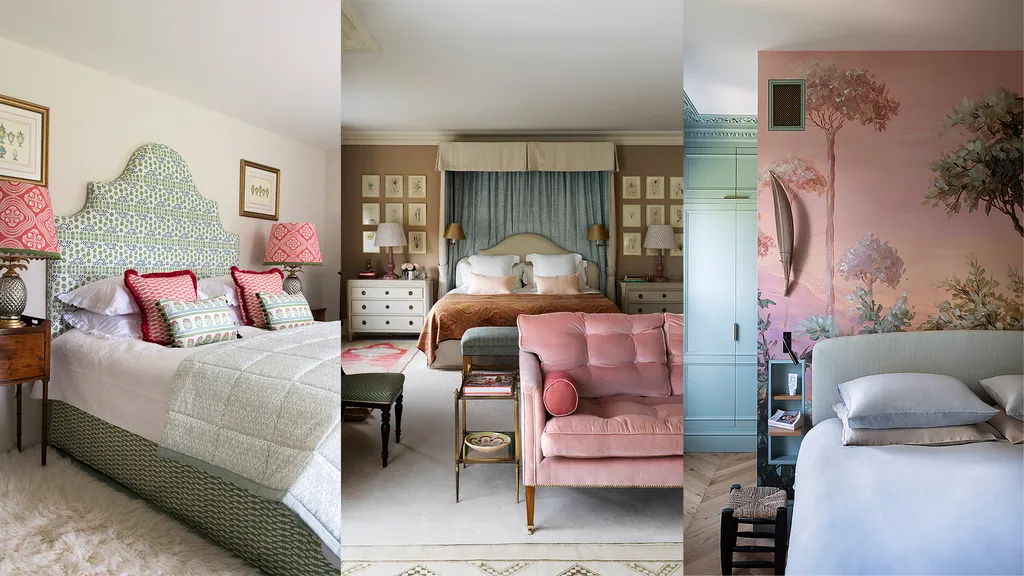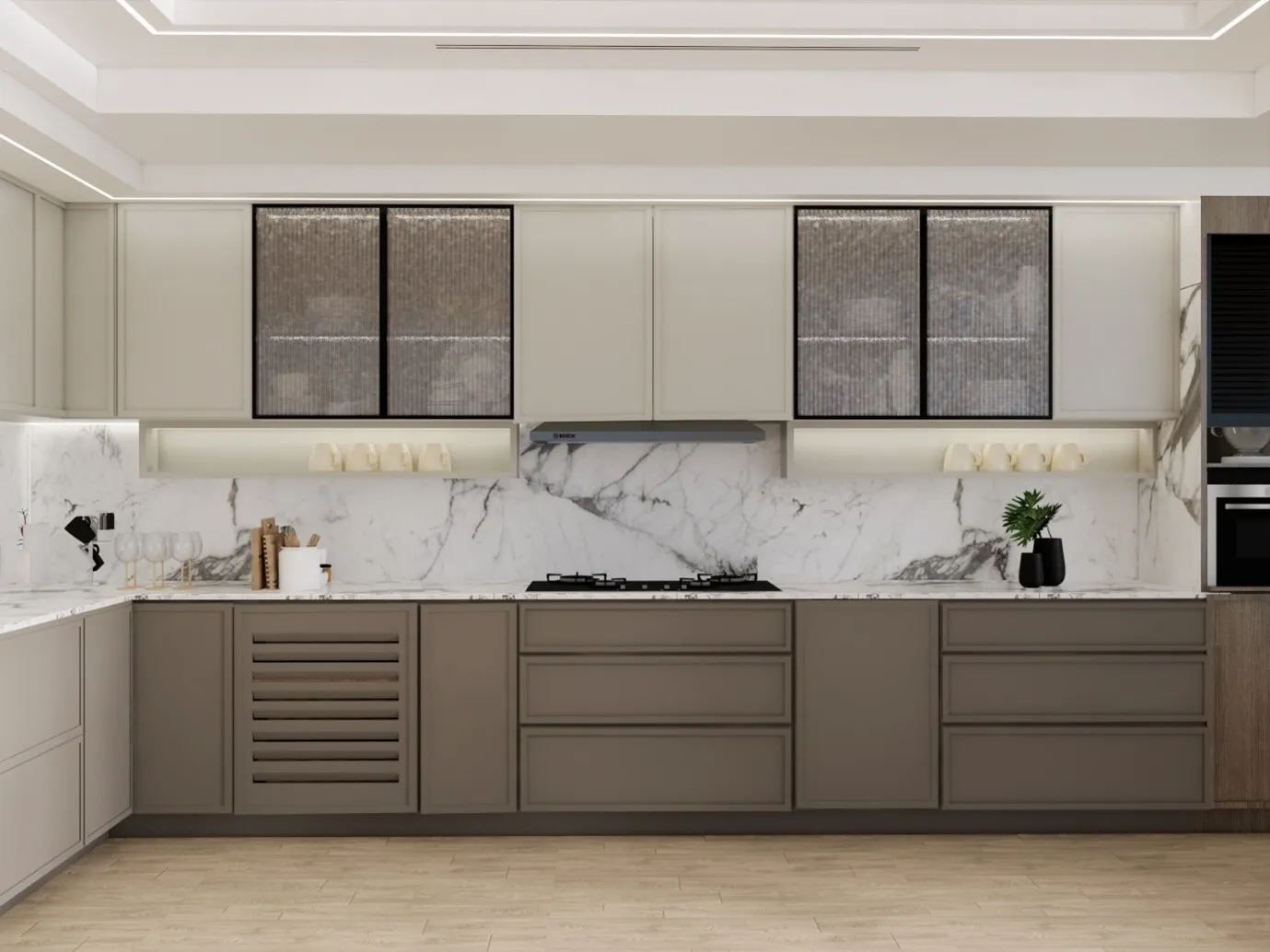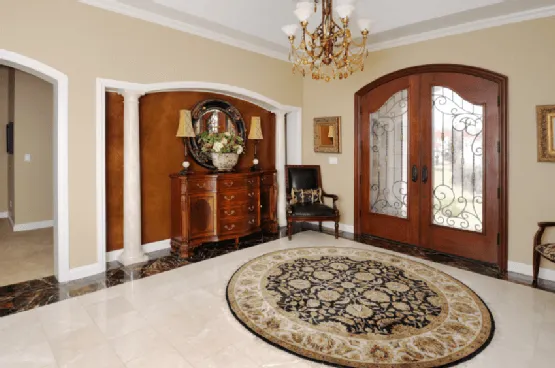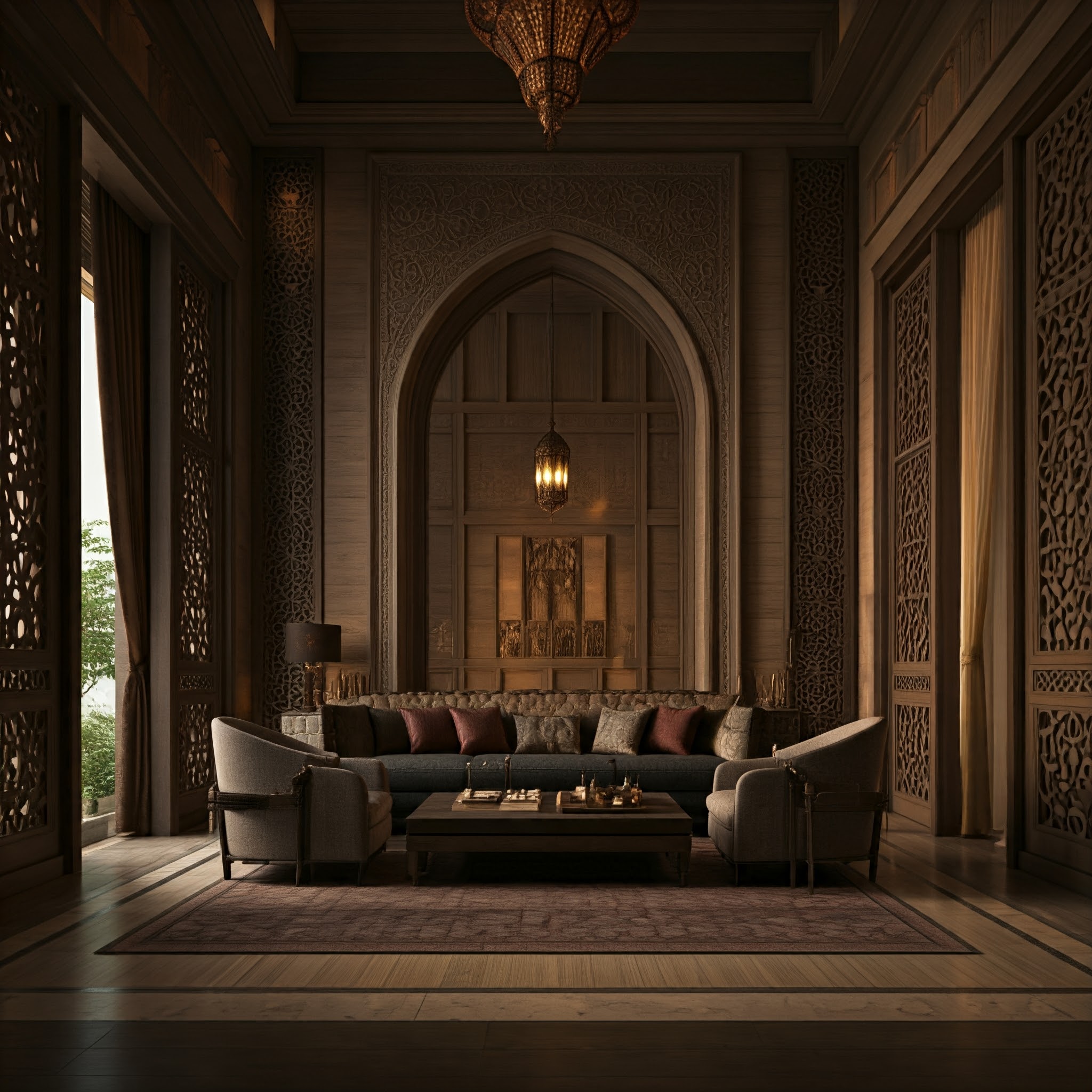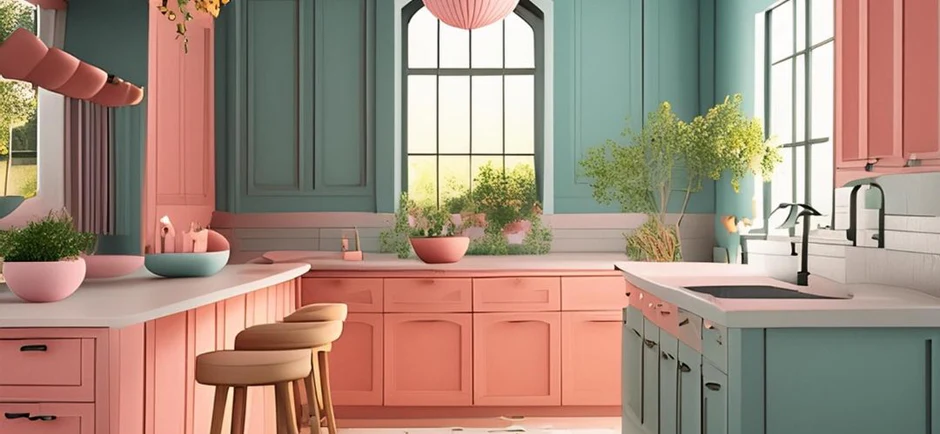Do you ever find yourself craving a home that feels both timeless and unique? Something that speaks to history yet fits into the modern world you live in? Imagine walking into a space where the charm of centuries-old craftsmanship meets the clean elegance of contemporary design. That’s the allure of Ayutthaya-style interior design—an aesthetic rooted in Thailand’s golden age, now making waves in modern homes worldwide.
Why is Ayutthaya Style So Captivating?
Is it the intricate wood carvings, the earthy tones, or the soulfulness of a culture that breathes through every detail? Or perhaps it’s the way it seamlessly blends tradition with today’s minimalism, creating spaces that feel elegant, serene, and deeply personal. Let’s dive into how this ancient Thai art can transform your home into a harmonious blend of history and modernity.
Common Challenges in Blending Traditional Ayutthaya Style with Modern Interiors
A. Cultural Sensitivity and Authenticity
When incorporating Ayutthaya elements into a modern home, maintaining authenticity can be tricky. Many traditional designs have symbolic meanings or are tied to cultural practices. Using these elements inappropriately can feel disjointed or even disrespectful.
The solution? Start by researching the history and symbolism of Ayutthaya designs. Work with local artisans who understand the heritage, or source authentic replicas that honor the original style. By respecting the origins, you ensure that your design choices add depth and meaning to your home.
Key takeaway: Authenticity anchors your space in cultural richness while keeping it meaningful.
B. Balancing Aesthetic Contrasts
Traditional Ayutthaya designs are often ornate and detailed, while modern interiors lean toward simplicity and sleekness. The challenge lies in finding harmony without clashing styles.
Focus on complementary elements—pair intricate wooden carvings with simple furniture, or blend warm earthy tones with cool neutrals. The key is balance. For instance, a low teak coffee table with clean lines can ground the room while paying homage to Ayutthaya design.
Key takeaway: Balance is about highlighting contrasts, not eliminating them.
C. Limited Space and Layout Considerations
Modern homes, particularly in urban settings, often have limited space. Traditional Ayutthaya furniture can be bulky and might overwhelm smaller rooms.
Opt for multi-functional pieces, like storage benches or folding tables, that reflect traditional craftsmanship. Consider lighter interpretations of Ayutthaya furniture, maintaining the style but scaling down the proportions for a more modern fit.
Key takeaway: Scale and function are your best allies when working with limited space.
Key Elements of Ayutthaya Style Interior Design
A. Architecture and Layout
Ayutthaya homes were designed for openness and symmetry, with a natural flow between spaces. Modern homes, with their open-plan designs, can adapt this seamlessly.
Incorporate traditional symmetry by aligning furniture and décor to create balance. For instance, place a central decorative piece like a carved wooden panel, ensuring it anchors the room visually.
Key takeaway: Traditional symmetry can bring calmness and order to modern open spaces.
B. Iconic Ayutthaya Furniture
Teak and rosewood furniture, often low-seated and intricately carved, are staples of Ayutthaya design. These pieces exude warmth and craftsmanship.
Adapting them for modern use means blending comfort and tradition. Consider a teak dining table paired with contemporary chairs or a modern sofa accented with carved wood legs.
Key takeaway: Furniture should tell a story while serving your lifestyle.
C. Thai Antique Decorative Items
Antique ceramics, textiles, and wooden artifacts breathe life into Ayutthaya-style homes. The key is not to overdo it; a few well-placed items can create a sense of history without overwhelming the space.
Select antiques that resonate with you—whether it’s a handwoven rug or a delicate ceramic vase—and balance them with modern décor.
Key takeaway: Antiques add soul when used sparingly and intentionally.
Practical Solutions for Blending Ayutthaya Style with Modern Elements
A. Choosing the Right Color Palette
Ayutthaya interiors often feature warm tones like gold, terracotta, and deep browns. Modern design leans toward neutrals. The fusion? A palette that combines earthy warmth with sleek whites and greys.
For example, pair terracotta accent walls with white furniture or use gold accents sparingly to add richness.
Key takeaway: Colors should bridge tradition and modernity, not compete for attention.
B. Fusion of Traditional and Modern Textiles
Textiles like Thai silk and handwoven fabrics bring texture and color to Ayutthaya-inspired spaces. Incorporate these through modern upholstery, curtains, or throw pillows.
A silk cushion on a minimalist couch or a handwoven wall hanging in a sleek hallway can create visual interest while maintaining harmony.
Key takeaway: Textiles are the glue that binds traditional warmth with modern simplicity.
C. Lighting Design
Lighting plays a crucial role in tying together Ayutthaya and modern elements. Choose fixtures that reflect both styles, like a traditional lantern-inspired chandelier paired with recessed lighting.
Highlight key features, such as a carved wood panel or a traditional vase, with soft spotlights.
Key takeaway: Lighting should enhance, not overpower, the beauty of each element.
Where to Source Traditional Ayutthaya Elements for Your Home
A. Local Artisans and Craftsmen
Local artisans bring authenticity and craftsmanship to Ayutthaya-inspired interiors. Seek out workshops that specialize in traditional woodworking, textiles, or ceramics.
By supporting local craftsmen, you not only preserve cultural heritage but also bring genuine artistry into your home.
Key takeaway: Authenticity is best achieved by honoring the hands that create.
B. Antique Markets and Collectibles
Antique markets are treasure troves of Ayutthaya-inspired pieces. Look for markets that specialize in Southeast Asian antiques and don’t shy away from asking about the origins of a piece.
When buying antiques, ensure authenticity through documentation or expert opinions, and be prepared to restore delicate items.
Key takeaway: Patience and diligence pay off when sourcing antiques.
Design Tips for Different Areas of the Home
A. Living Room
Anchor your living room with a statement piece like a carved wooden panel or a low-seated teak sofa. Balance the richness with neutral-toned walls and contemporary lighting.
Key design tip: Let one traditional piece shine while keeping the rest modern and airy.
B. Dining Room
Combine a traditional teak dining table with sleek, modern chairs. Use Thai-inspired dinnerware to create a warm, inviting table setting.
Key design tip: The dining room is where tradition meets hospitality—keep it welcoming.
C. Bedroom
A carved headboard or traditional bed frame can add depth to a minimalist bedroom. Soften the look with light linens and modern bedside lighting.
Key design tip: Your bedroom should feel serene, not heavy—find a balance.
D. Home Office or Study
Incorporate traditional Ayutthaya bookshelves or desks into your study, pairing them with ergonomic modern chairs. Add small decorative elements, like a silk cushion or antique vase, for a touch of history.
Key design tip: Functionality should drive design, but details bring inspiration.
Maintaining the Harmony Between Tradition and Modernity
A. Finding the Right Balance of Old and New
A successful design isn’t about equal parts tradition and modernity but about finding the right balance for your space. Use traditional elements as focal points and let modern elements frame them.
Key takeaway: Balance creates harmony, not compromise.
B. Adding Personal Touches and Creativity
Make the space your own by blending family heirlooms or customizing furniture. Respect Ayutthaya principles while adding touches that reflect your personality.
Key takeaway: A home is a reflection of its inhabitants—keep it personal.
Conclusion: Creating a Timeless, Comfortable, and Beautiful Space
Blending Ayutthaya style with modern design creates a home that’s more than just a living space—it’s a celebration of history, culture, and individuality. By thoughtfully integrating traditional craftsmanship with contemporary aesthetics, you can create a timeless sanctuary that feels both elegant and inviting.
Why not take the first step today? Explore local artisans, visit antique markets, and start curating a space that tells your unique story.
FAQs
1. Can Ayutthaya-style design work in small apartments?
Yes! Focus on smaller, multifunctional furniture and lighter design elements to prevent the space from feeling cramped.
2. What’s the best way to maintain authenticity in Ayutthaya design?
Work with local artisans or source from trusted antique dealers to ensure genuine craftsmanship and materials.
3. How can I balance traditional colors with modern ones?
Combine warm earthy tones with neutral bases. For example, pair terracotta with white or gold accents with grey.
4. Is Ayutthaya design suitable for families with children?
Absolutely! Opt for durable, child-friendly materials while keeping intricate pieces out of reach to maintain safety.
